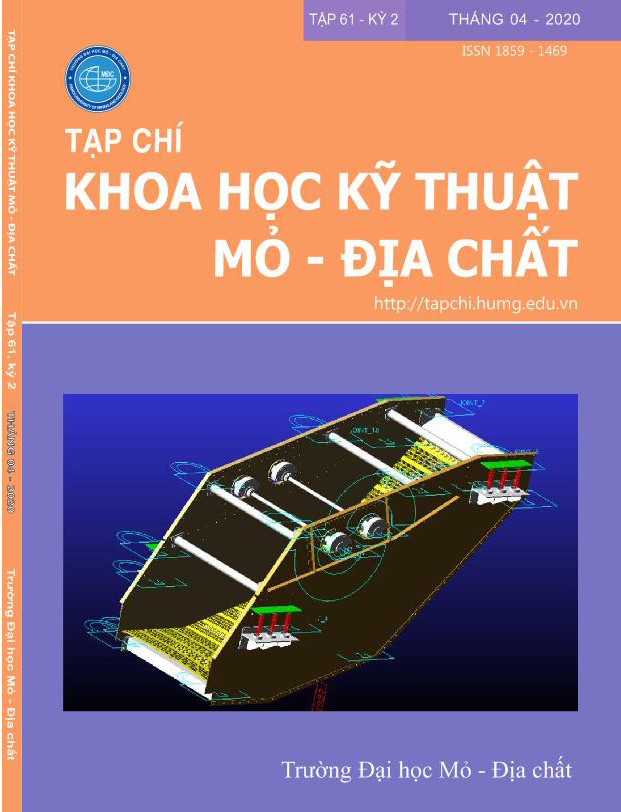The Influences of Landcover structure on surface urban heat islands: A case study of Ho Chi Minh, Vietnam
Abstract
Urbanization is taking place at an unprecedented rate around the world, particularly in Vietnam. One of the key impacts of rapid urbanization on the environment is the effect of urban heat island (UHI). Understanding the effects of landscape pattern on UHI is crucial for improving the ecology and sustainability of cities. This study investigated how landscape composition and configuration would affect UHI in the District 7, Ho Chi Minh City of Vietnam, based on the analysis of land surface temperature (LST) in relation to the percentage of vegetation, impervious, and water surface. Landsat 8 OLI satellite images acquired on February 14th, 2017 was used to estimate the LST from the thermal channel, while the percentage of vegetation, impervious, and water surface were extracted from multi-spectral channels. Our results indicate that there is a significant difference in LST among the wards in the study area. Impervious surfaces contribute the most to UHI, followed by bare soil, vegetative cover, and water. The research results also show that the structure of urban coverings should reach: 50% of impermeable surfaces and bare land, the remaining 50% are water and vegetation. These results are useful for understanding urban ecology as well as land use planning to minimize the potential environmental impacts of urbanization.

